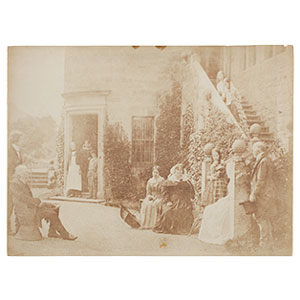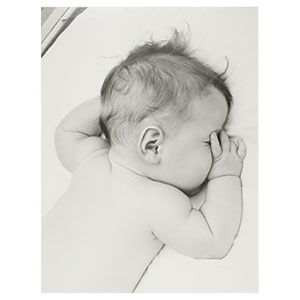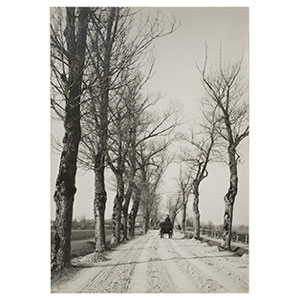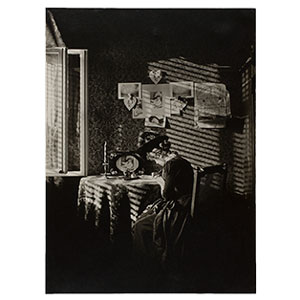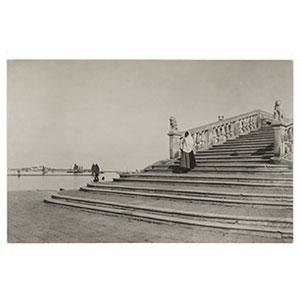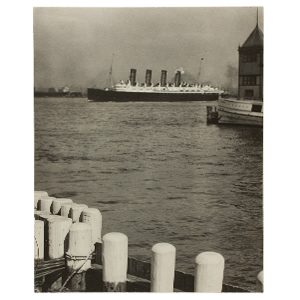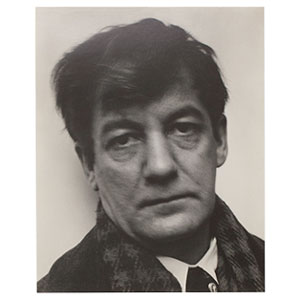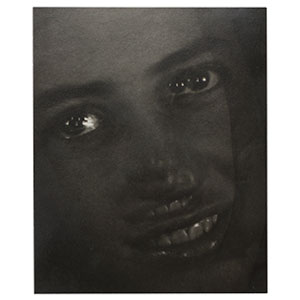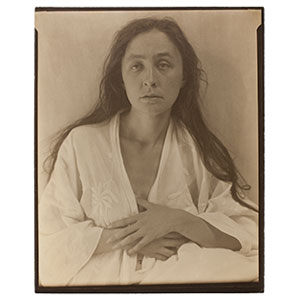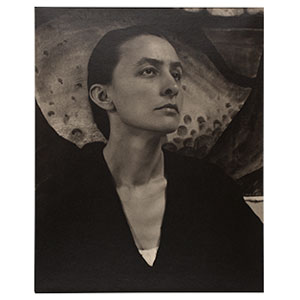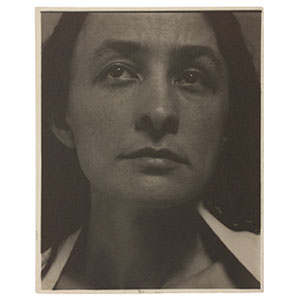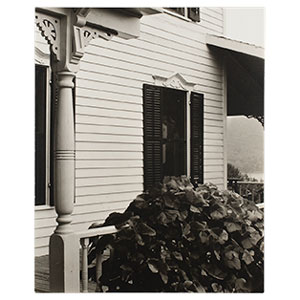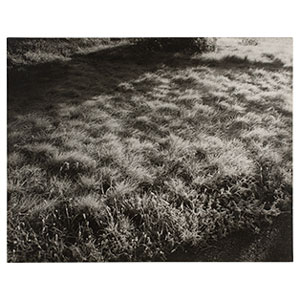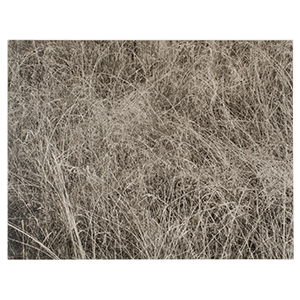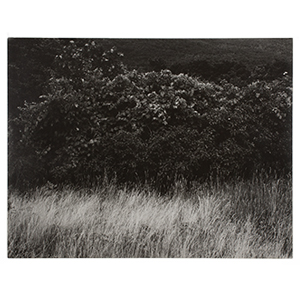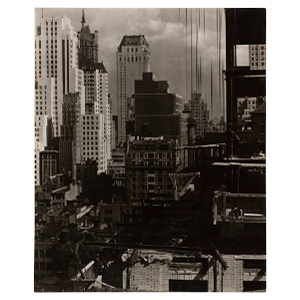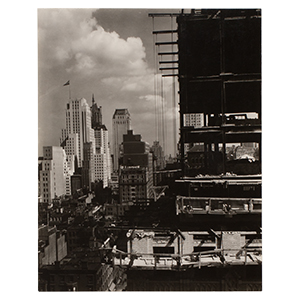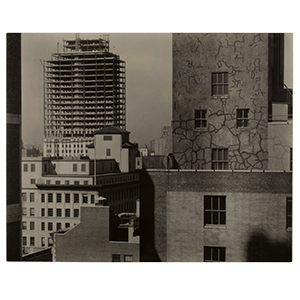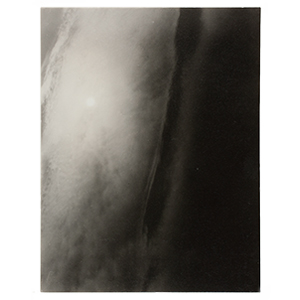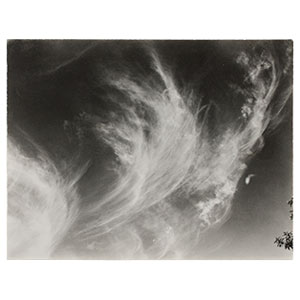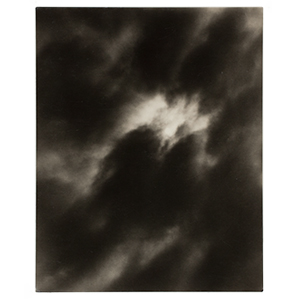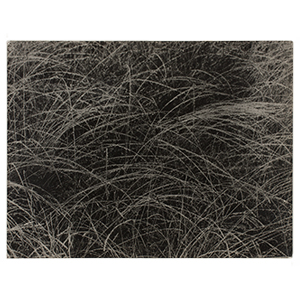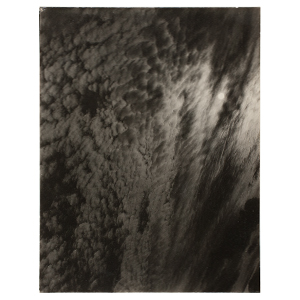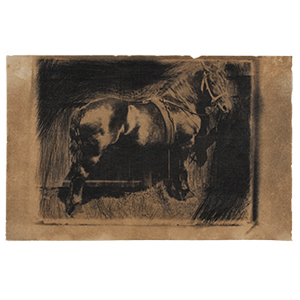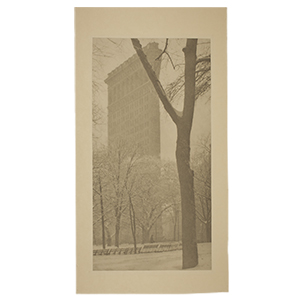An American Place
1929–1946
Room 1710, 509 Madison Avenue
At his last gallery, An American Place, Stieglitz welcomed a stream of visitors who wanted to meet a living legend of the New York art scene. The gallery also became a mecca for young artists; photographer Ansel Adams wrote that “The Place, and all that goes on within it is like coming across a deep pool of clear water in the desert. . . . Whoever drinks from this pool will never be thirsty.”[1]
The gallery was on the seventeenth floor of a newly constructed skyscraper on Madison Avenue, and it was relatively spacious—six rooms, three for exhibition and three for storage, all painted a light, pearl gray—compared with Stieglitz’s previous galleries. Stieglitz posted the gallery’s austere mission on a card in the space:
No formal press views
No cocktail parties
No special invitations
No advertising
No institutions
No isms
No theories
No game being played
Nothing asked of anyone who comes
No anything on the walls except what you see there
The doors of An American Place are ever open to all.[2]
Stieglitz continued to support the American artists he had promoted at an Intimate Gallery, hosting annual exhibitions of works by Arthur Dove, John Marin, and Georgia O’Keeffe, as well as occasional shows of Marsden Hartley and Charles Demuth. The photography exhibited was limited to the work of Stieglitz himself, Paul Strand, and the younger photographers Adams and Eliot Porter. Stieglitz’s business practices were as enigmatic as ever, as he maintained his policy of selling only to those he thought deserving of the work in question and paying artists the amount he saw fit.
It was at An American Place that Stieglitz was able to reflect on his earlier successes. In 1939, with the help of Dorothy Norman, he installed an exhibition, 291: Beginnings and Landmarks, that looked at the breadth of groundbreaking work shown at 291. This was arguably one of the first examinations of what would come to be known as The Stieglitz Collection.
[1] Ansel Adams to Alfred Stieglitz, Nov. 29, 1936, quoted in Andrea Gray, Ansel Adams: An American Place, 1936 (Little, Brown, 1982) p. 35.
[2] Reproduced in Dorothy Norman, Alfred Stieglitz: An American Seer (Aperture, 1973), p. 205.





